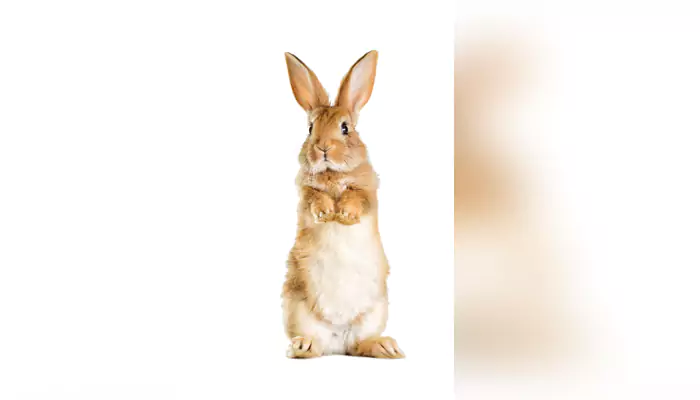
Ever wondered how a fluffy, egg-toting bunny became the face of Easter? From ancient pagan festivals to modern-day chocolate treats, the Easter Bunny has quite the backstory. Let’s dig into its fascinating journey—no carrots required!
Before the Easter Bunny was hiding colorful eggs, it was linked to ancient springtime celebrations. The origins trace back to pre-Christian Europe, where people worshipped fertility goddesses and celebrated the return of spring.
One key figure was Ēostre (or Ostara), a Germanic goddess of dawn and fertility. According to folklore, her symbol was the hare—an animal known for its rapid reproduction (which, let’s be honest, makes perfect sense for a fertility symbol). Some legends even say she once turned a bird into a hare, and it continued laying eggs. Cue the egg-laying bunny myth!
Meanwhile, ancient cultures like the Egyptians and Greeks also associated rabbits with renewal and life. So, when Christianity spread across Europe, many pagan traditions—including spring festivals—got blended into Easter celebrations.

Fast-forward to medieval Germany, where the Easter Bunny as we know it started taking shape. By the 16th century, German writings mentioned an "Osterhase" (Easter Hare) that judged children’s behavior and left eggs for the well-behaved ones.
German immigrants brought the tradition to America in the 1700s, especially to Pennsylvania. Kids would make nests (later replaced by baskets) for the Osterhase to fill with colored eggs. Over time, the hare became a rabbit, and the rest is history—or should we say, his-story?
Originally, the Easter Bunny delivered simple dyed or painted eggs—symbols of new life. But as Easter grew into a bigger holiday, so did the treats.
By the 19th century, chocolate bunnies hopped onto the scene, thanks to advances in candy-making. The first edible bunnies appeared in Germany in the early 1800s, and by the 1890s, American companies like Cadbury and Hershey joined in.
Soon, the Easter Bunny wasn’t just delivering eggs—it was the star of parades, greeting cards, and TV specials. From Here Comes Peter Cottontail to mall photo ops, this furry mascot became a full-blown pop culture icon.
These days, the Easter Bunny is everywhere—but not every culture celebrates it the same way.

Let’s be real—who doesn’t love a magical creature that leaves candy? But beyond the sugar rush, the Easter Bunny represents rebirth, joy, and childhood wonder. Whether it’s rooted in pagan rituals or just a fun tradition, this fluffy figure has cemented its place in holiday history.
So next time you bite into a chocolate bunny ear, remember—you’re munching on centuries of folklore!
From ancient goddesses to grocery store aisles, the Easter Bunny’s journey is as colorful as the eggs it delivers. Whether you’re dyeing eggs or just enjoying the chocolate, there’s no denying—this bunny knows how to hop through history! Happy Easter—and happy hopping!